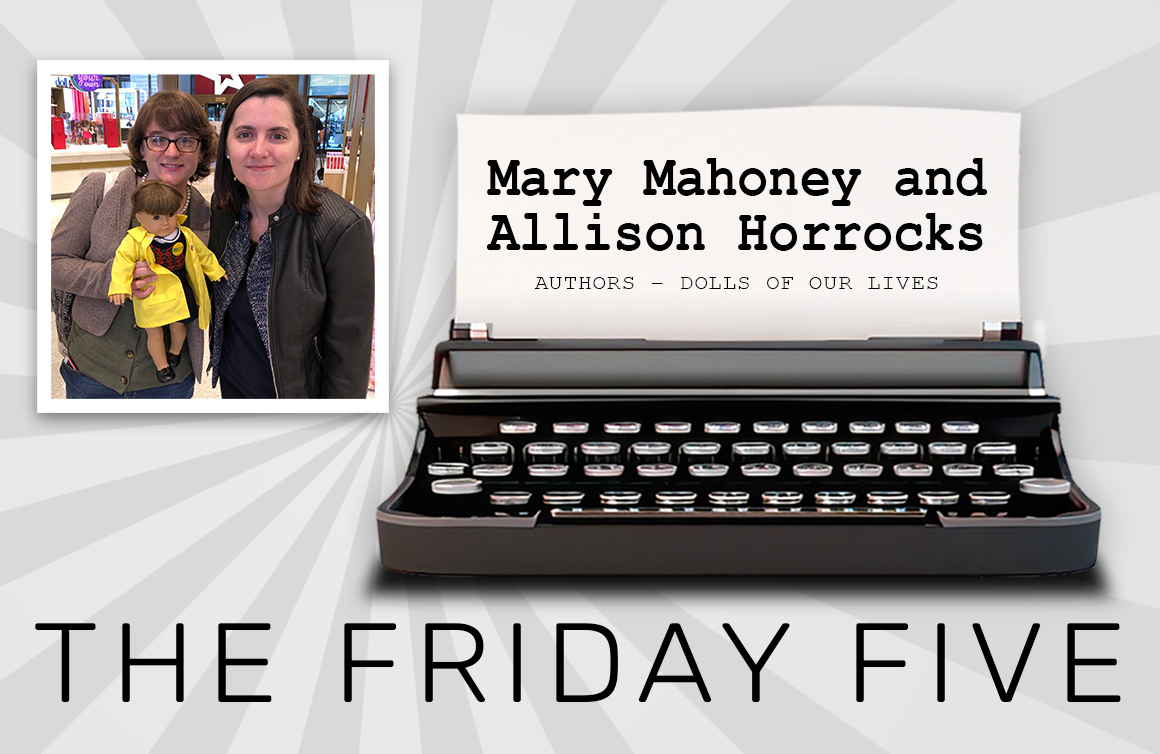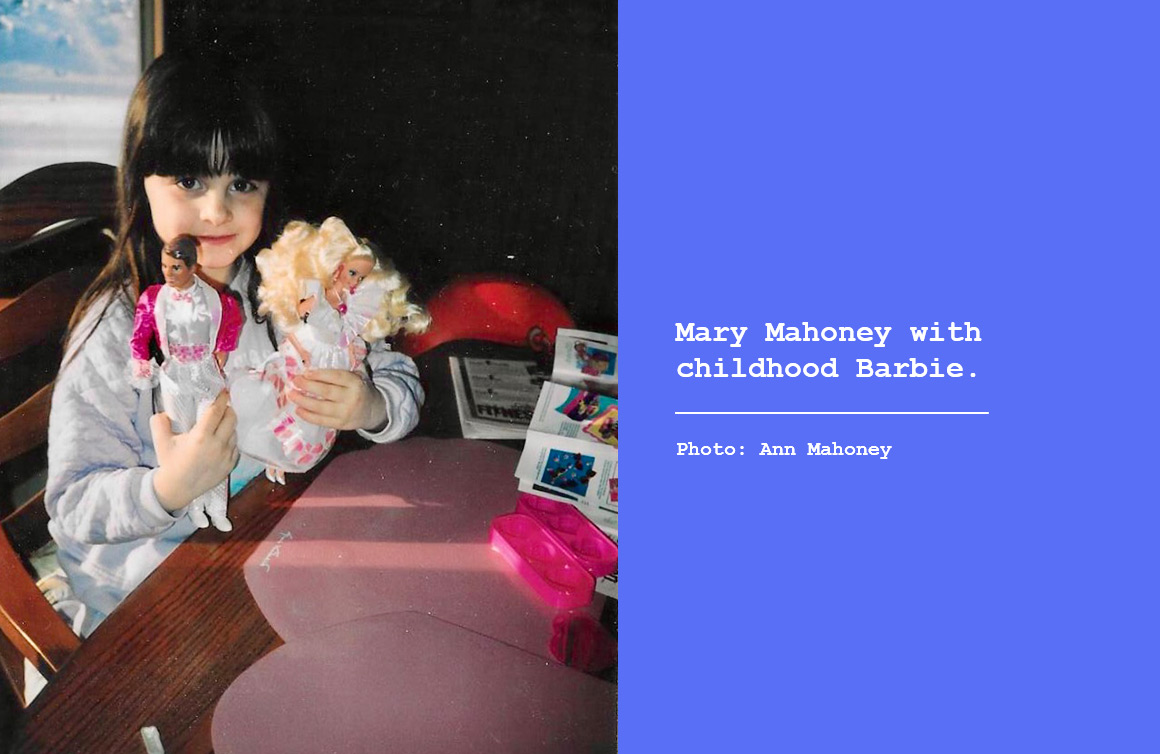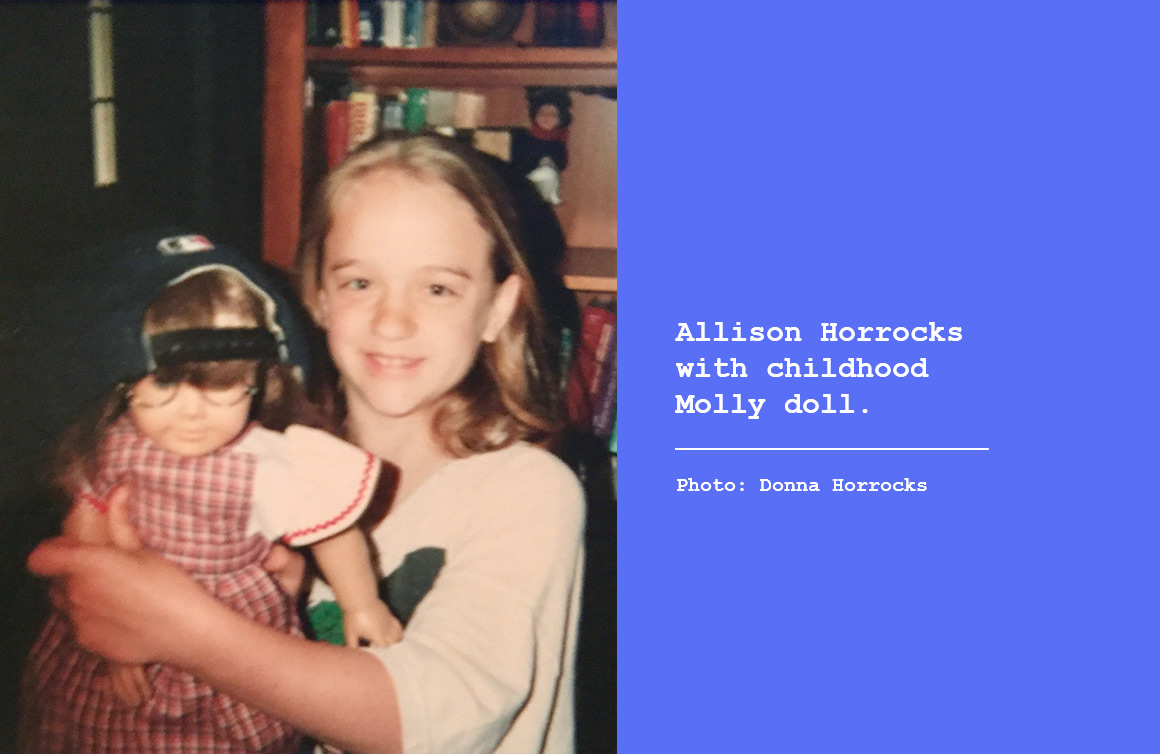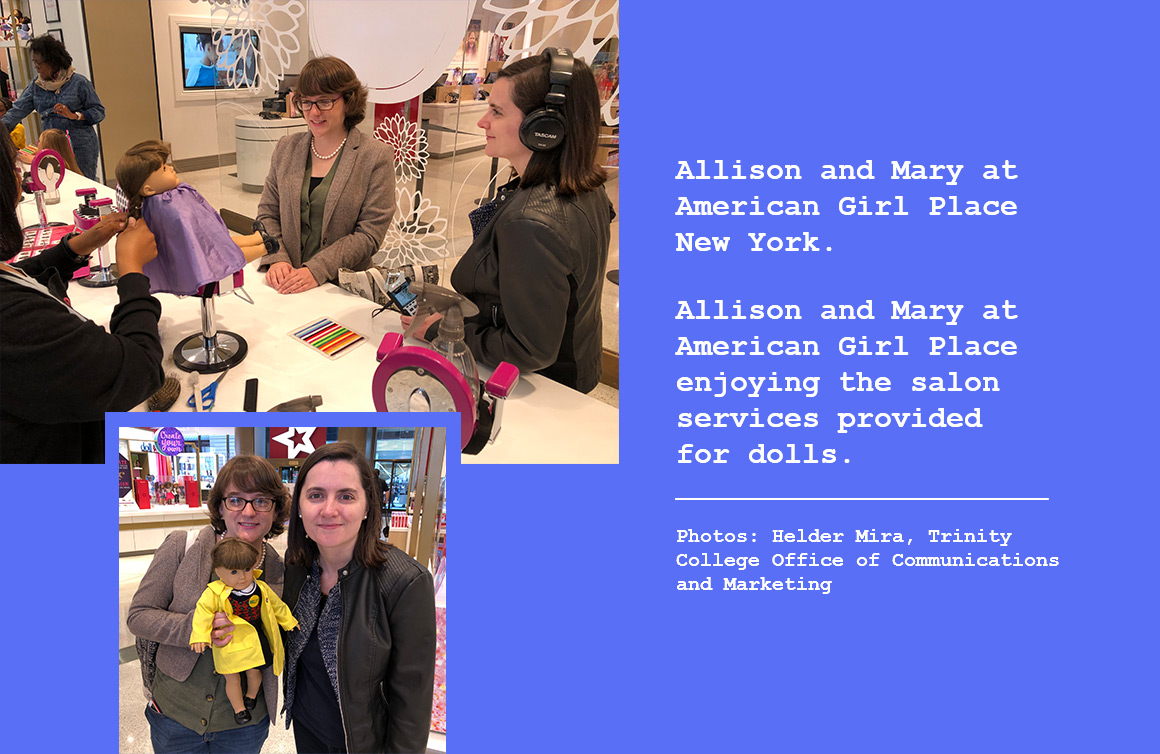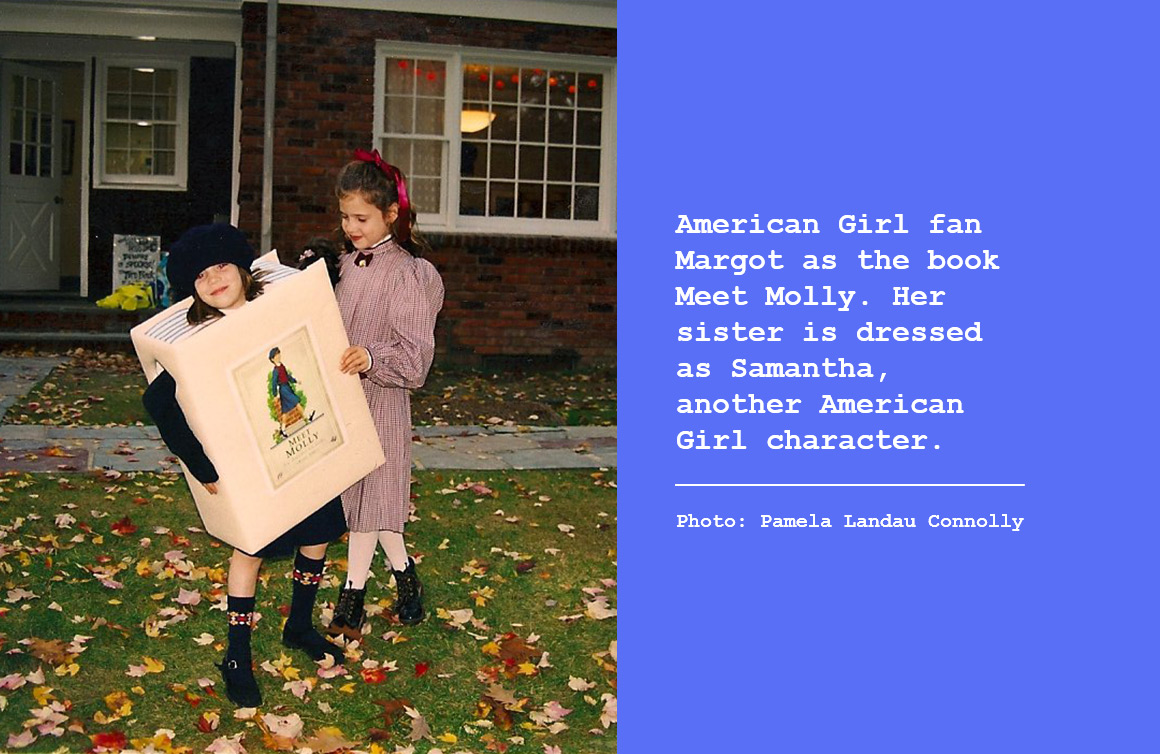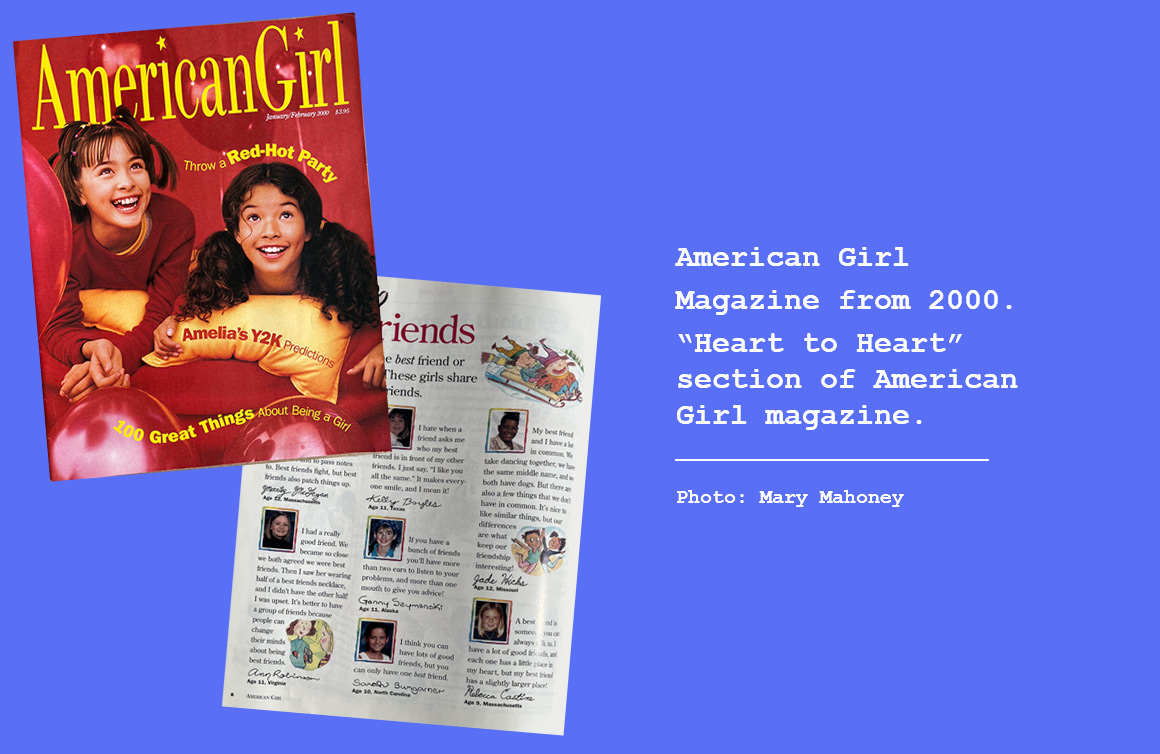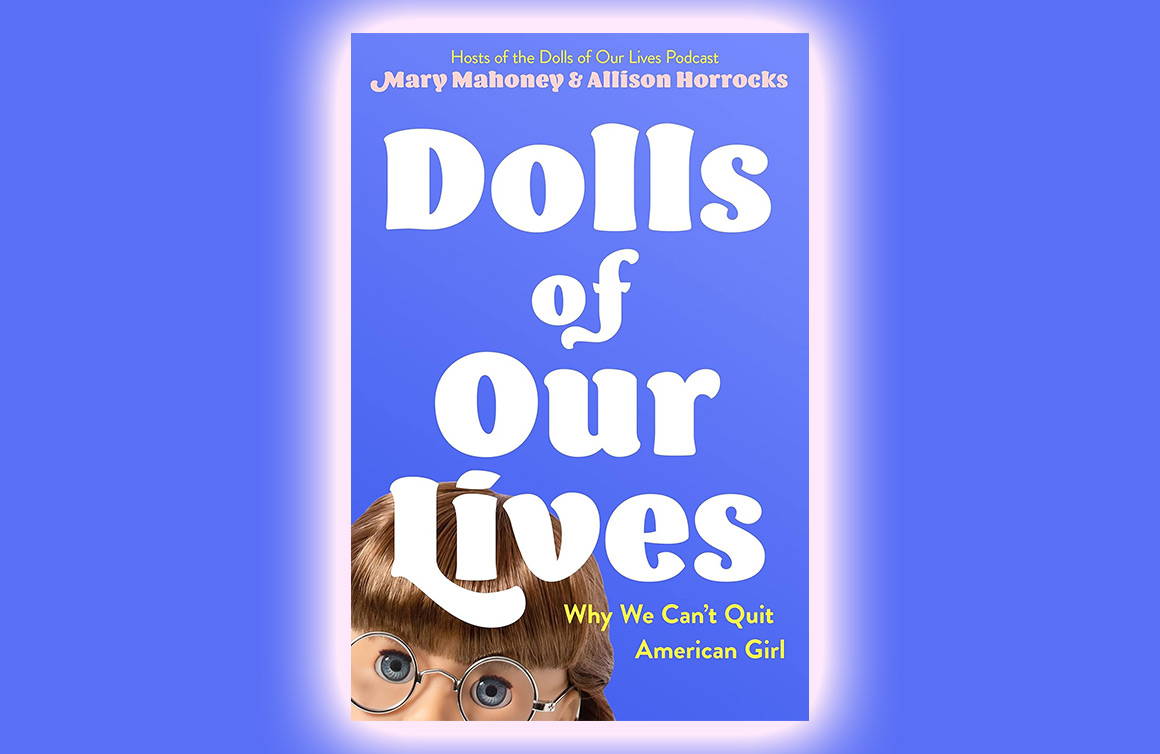What’s your personal history with American Girl?
We both happened to receive an American Girl doll for the first time on Christmas Eve 1995. I don’t think either of us could have anticipated that we would still be talking about our favourite childhood books and toys well into our 30s. But American Girl has proved to be an enduring way to connect with each other — and now, with an entire community of people who grew up with the brand.
American Girl dates back to 1986. It was created by Pleasant Rowland, a former educator who spent years working in media. She was inspired to make toys for young girls that would offer insights into important moments in American history. The earliest Pleasant Company dolls were Molly, Samantha, and Kirsten. Each lived in a different place and had her own challenges, but they were all American Girls.
We are both about the same age as the brand. Like many others, we have to credit our families for buying the dolls and our local postal workers for bringing American Girl into our lives. Children of the early 1990s might remember that American Girl had absolutely wonderful, colourful, and thick catalogues that worked wonders in getting children to nudge their families into buying the expensive American Girl products.

What draws you to document the history of the brand?
We decided to investigate the history of American Girl as something fun to do together. We are both professional historians who enjoy reading widely. American Girl has produced amazing historical fiction books, but there’s also more to the brand. As we started our journey in rereading the historical books, we knew there was also a lot of other material under the umbrella of the American Girl brand to cover — from tiny historical accessories to girls’ lookalike clothes and birthday party kits.
While we’d read many of the American Girl books before, this time, we read them with a fresh perspective and looked into toys and merchandise we’d never had before. Our chosen medium was a podcast.
When we were younger, it wasn’t possible to even dream of co-hosting a podcast. We recently spoke at our alma mater about the fact that podcasting was definitely not a career path anyone was advising for (or against) when we were in college. But a lot of what we’ve learned in traditional academic settings has nonetheless helped us to do work outside of a traditional career path.
The book, Dolls of Our Lives, grew out of our podcast, originally called American Girls. We have been making the show since early 2019.

What observations does the American Girl brand make about society, culture, and girlhood?
In the early days, by which we mean the 1980s, American Girl’s creators were trying to teach young people about human universals. There was a sense that certain things were the same across US history, such as friendship or family. It’s helpful to understand how we are similar to the people of the past. However, one of the greatest attributes of the brand is in showing just how much change has happened — not just to young girls but because of young girls, too. Knowing that girls have always been part of history is powerful.
There is much more work to be done to have an inclusive vision of the past, yet American Girl is to be credited with making important early steps. Many children today still have a hard time imagining themselves outside of their current moment. It’s important that we build bridges to people whose lives aren’t like our own, whether those people are our contemporaries or from another time. American Girl provides some important tools and toys for doing just that. It’s easy to boil the brand down to some of the slogans used in advertising, but the depth of the brand’s contributions to ideas about girlhood and American society have to be mined more carefully in sources such as the books or catalogues. We’ve also learned so much about the brand’s impact just by talking to other people who, like us, have a critical appreciation for what AG has to offer.

In the Dolls of Our Lives book you talk about how the brand responds to changing times, meeting girls where they are. What milestones stand out for you?
From day one, the people at Pleasant Company, and later American Girl, have shown a real interest in knowing what girls care about — not just as consumers, but also as curious people and as citizens.
From the start, there was the stated goal of having girls learn about the past. The early 1990s cookbooks and craft kits mark an important turn in American Girl’s development. At that time, Pleasant Company expanded its product lines to include more things that brought girls together to play and learn in the present. Instead of just owning a Kirsten doll, girls could also try to recreate her world through themed parties, outfits, well-planned and elaborate outings, and more. Instead of being a sign of presentism, we can see this as a way of taking girls’ deep and evolving interests seriously.
Beyond these historical play options, other 1990s AG products spoke to girls’ current, non-historical dilemmas. The brand has long chosen to tackle contemporary issues, from racism to body dysmorphia, through accessible and affordable books.
A lot of people rightly criticize the cost of many American Girl products and there is no denying that the dolls are expensive. The creators of American Girl wanted their toys to be heirloom quality and that is reflected in the price.

Where should people new to the American Girl brand start if they’re interested in delving into the characters and stories?
People have found American Girl and made meaningful memories with the brand at various times in their lives. We’ve found that the stories and products can have appeal for people of all ages.
Overall, the historical books (written about the characters living in other times) are still a great place to begin. We both first connected to American Girl through Molly, one of the original three characters.
Find a character (or twelve) you can connect with, and the rest will follow.
Also, if you loved AG at one point and want to delve deeper, we highly recommend the American Girl Wiki. This is an easy-to-use resource available online. There, you’ll find character sketches and information on obscure retired products. It’s a well-maintained website and a treasure trove for casual and serious collectors.

Learn more about the Dolls of Our Lives books and podcast.

